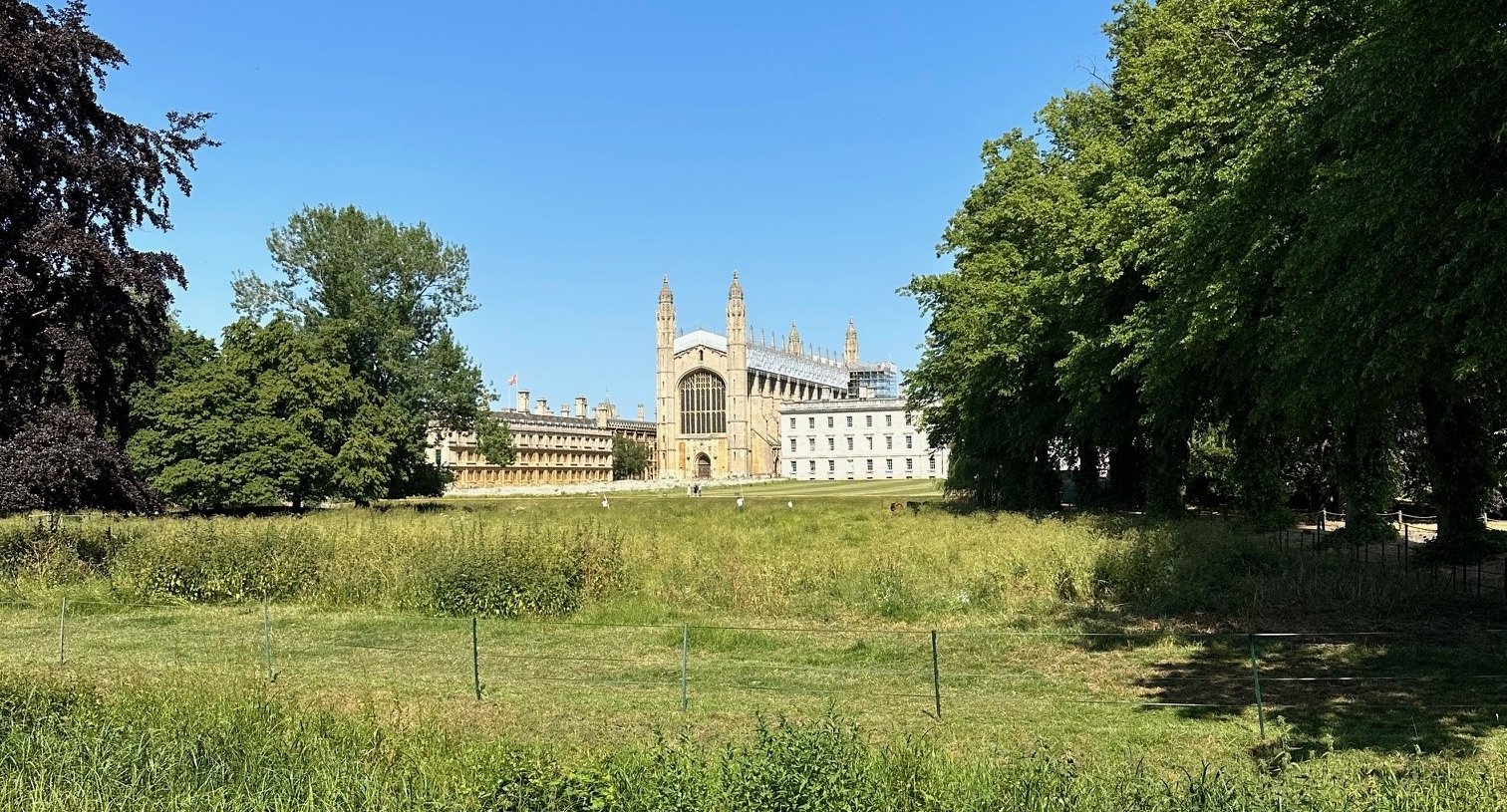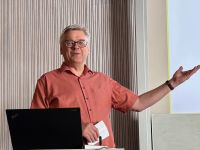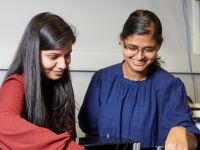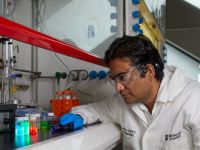
Partner profile: Neil Greenham
The University of Cambridge represents a fascinating intersection between the past and present of groundbreaking scientific research, but it’s the future that Professor Neil Greenham is busy prioritising.
Founded in 1209, Cambridge is one of the world’s oldest universities, and its contribution to the field of physics alone is impressively disproportionate.
The electron, the neutron and the structure of DNA were all discovered within the Cavendish Laboratory, a truly distinguished Department of Physics which has also been home to 30 Nobel Prize winners.
For Professor Greenham, the former chair of Exciton Science’s Centre Advisory Board, the scale of that legacy serves as an inspiration to continue contributing to knowledge discovery.
“It's good to have that history,” he said.
“I guess maybe it puts a certain amount of pressure on, to live up to the expectations. But the thing is that physics isn't really about history. You've got to keep it moving. And that's what we try and do in the environment that we have here in Cambridge.”
 Above: Kings College at the University of Cambridge.
Above: Kings College at the University of Cambridge.
Among Neil’s current research interests are light-emitting diodes, which have applications in digital displays, energy-efficient lighting and solar energy.
“That was actually the subject that I did my PhD in many years ago, working on polymer materials for displays,” he said.
“Since then I've been mostly working on materials for photovoltaics. But recently pervoskite semiconductors have turned out to be really interesting for displays, as well as for solar. It's been good to get back into that area with this new set of materials.
Meanwhile, Neil’s colleagues Ashok Rao and Richard Friend, together with their Exciton Science collaborators, are seeking dynamic and complex new ways to better harness the abundant power of the sun.
“Within solar research, the challenge is to push efficiencies up by whatever means because that's the way that you can really make an impact on the price of renewable electricity,” Neil said.
“One of the things that we would like to do in Cambridge is to find ways to more efficiently use the blue and green photons in the solar spectrum.
“We have this process called singlet fission where we want to absorb those photons and split them into two photons of lower energy, which can then be used more efficiently by the solar spectrum.”
While major discoveries like the structure of DNA don’t happen too often, Neil is confident that the Cavendish Laboratory will remain at the forefront of global scientific research for years to come.
“The strength of Cambridge physics is both in the core disciplinary areas like particle physics and astronomy, but also condensed matter physics and the interfaces with biology,” he said.
“I choose to focus on things that might have some benefits in the generation and storage of energy. We are very keen to make an impact in those areas by pushing the boundaries of the science. And I think there's still plenty to do in that area over the next five to 10 years and beyond.”







